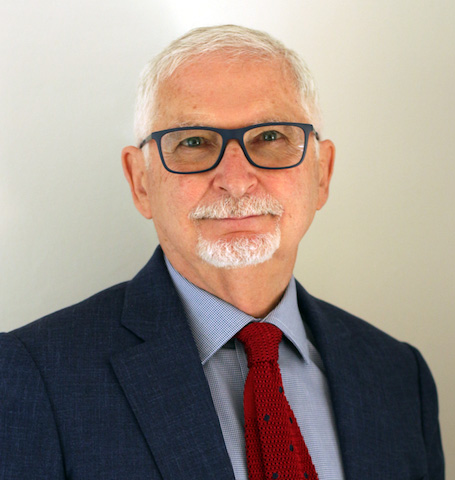Critics: WHO Tobacco Trends Report ‘Celebrating Failure’
- Featured News This Week
- November 16, 2021
- 0
- 1
- 6 minutes read


The World Health Organization’s fourth WHO global tobacco trends report, which was released today, shows that there are 1.3 billion tobacco users globally compared to 1.32 billion in 2015. This number is expected to drop to 1.27 billion by 2025.
Sixty countries are now on track to achieving the voluntary global target of a 30 percent reduction in tobacco use between 2010 and 2025; two years ago, only 32 countries were on track.
According to the WHO, millions of lives have been saved by effective and comprehensive tobacco control policies under the Framework Convention on Tobacco Control and by measures taken under the global health body’s MPOWER initiatives (Monitoring tobacco use, Protecting people from tobacco smoke, Quitting tobacco, Warning about the dangers of tobacco, Enforcing tobacco advertising, promotion and sponsorship bans and Raising taxes on tobacco).
“It is very encouraging to see fewer people using tobacco each year and more countries on track to meet global targets,” said WHO Director-General Tedros Adhanom Ghebreyesus in a statement. “We still have a long way to go, and tobacco companies will continue to use every trick in the book to defend the gigantic profits they make from peddling their deadly wares. We encourage all countries to make better use of the many effective tools available for helping people to quit and saving lives.”

To see numbers reduce from 1.32 billion to 1.30 billion tobacco users over five years cannot be argued as evidence of a successful strategy.
Critics, by contrast, said the WHO report showed tobacco control failing. “As the WHO publishes its latest global tobacco trends report, it trumpets falling tobacco use. But the global health institution is celebrating failure,” said Gerry Stimson, emeritus professor at Imperial College London and project director for the Global State of Tobacco Harm Reduction.
“To see numbers reduce from 1.32 billion to 1.30 billion tobacco users over five years cannot be argued as evidence of a successful strategy. Eight million lives are lost every year due to smoking-related disease. What we are seeing is evidence of a dereliction of public health duty.”
Stimson lambasted the WHO for failing to consider reduced-risk products in its strategy.
“With modern safer nicotine products, these technological disruptors such as vaping devices, nicotine pouches [and] heated-tobacco products, we have the means at our disposal to end smoking and to end it soon,” he said.
“Global State of Tobacco Harm Reduction estimates put the number of users of harm reduction products at 100 million worldwide. Many smokers are put off from switching, though, as a direct consequence of the distortion of public health messaging from the WHO and other tobacco control organizations funded by U.S. philanthropic interests that seem to care little for the health of current smokers.
“Harm reduction is the third pillar of the tobacco control strategy named in the FCTC along with supply and demand reduction. We urge the WHO to integrate harm reduction into its approach to tobacco control as it already does for drug use and HIV/AIDS prevention and to address current deficits in the WHO’s MPOWER strategy by enabling it to become EMPOWERED—adding ‘Engage with affected communities,’ ‘Encourage smokers to switch to safer nicotine products’ and ‘Deliver accurate information about safer alternatives.’”
Key findings of the WHO report include:
- In 2020, 22.3 percent of the global population used tobacco, 36.7 percent of all men and 7.8 percent of the world’s women. Currently, 60 countries are on track to achieve the tobacco use reduction target by 2025.
- The steepest decline in prevalence rates over time is seen in the Americas. The average rate of tobacco use there has gone from 21 percent in 2010 down to 16 percent in 2020.
- The WHO’s African Region has the lowest average rate of tobacco use at 10 percent in 2020, down from 15 percent in 2010.
- In Europe, 18 percent of women still use tobacco, substantially more than in any other region. Women in Europe are the slowest in the world to cut tobacco use. All other WHO regions are on track to reduce tobacco use rates among women by at least 30 percent by 2025.
- Pakistan is the only country in the WHO’s Eastern Mediterranean region that’s on track to reach the tobacco reduction target. Four of the six countries in the world where tobacco use is increasing are in this region.
- Southeast Asia currently has the highest rates of tobacco use, with around 432 million users, or 29 percent of its population. But this is also the region where tobacco use is declining fastest. The region is likely to reach tobacco use rates similar to the European region and the Western Pacific region by 2025.
- The WHO Western Pacific region is projected to have the highest tobacco use rate among men (more than 45 percent) using tobacco in 2025.
